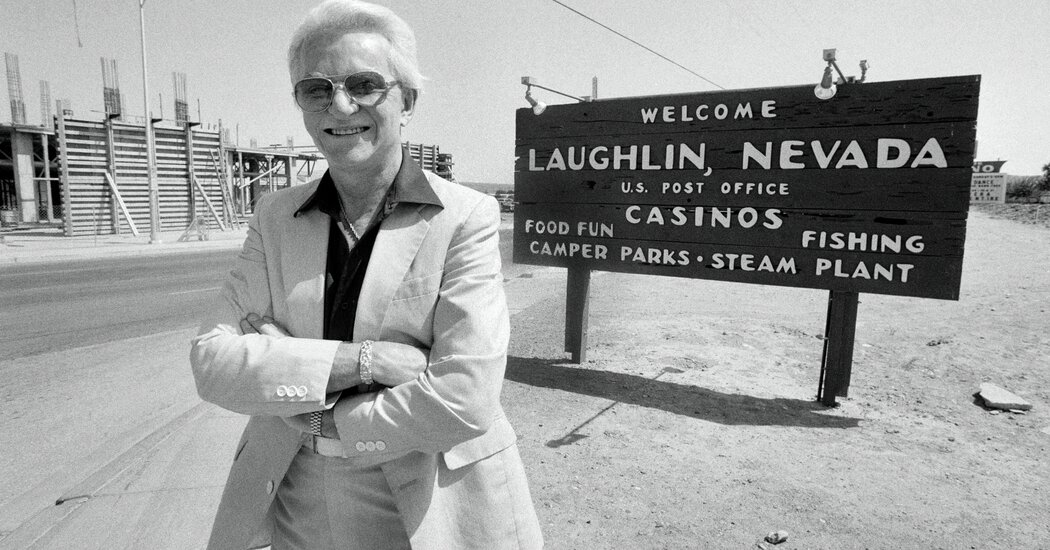In a Worldwide War of Words, Russia, China and Iran Back Hamas
The conflict between Israel and Hamas is fast becoming a world war online.
Iran, Russia and, to a lesser degree, China have used state media and the world’s major social networking platforms to support Hamas and undercut Israel, while denigrating Israel’s principal ally, the United States.
Iran’s proxies in Lebanon, Syria and Iraq have also joined the fight online, along with extremist groups, like Al Qaeda and the Islamic State, that were previously at odds with Hamas.
The deluge of online propaganda and disinformation is larger than anything seen before, according to government officials and independent researchers — a reflection of the world’s geopolitical division.
“It is being seen by millions, hundreds of millions of people around the world,” said Rafi Mendelsohn, vice president at Cyabra, a social media intelligence company in Tel Aviv, “and it’s impacting the war in a way that is probably just as effective as any other tactic on the ground.” Cyabra has documented at least 40,000 bots or inauthentic accounts online since Hamas attacked Israel from Gaza on Oct. 7.
The content — visceral, emotionally charged, politically slanted and often false — has stoked anger and even violence far beyond Gaza, raising fears that it could inflame a wider conflict. Iran, though it has denied any involvement in the attack by Hamas, has threatened as much, with its foreign minister, Hossein Amir Abdollahian, warning of retaliation on “multiple fronts” if Israeli forces persisted in Gaza.
“It’s just like everyone is involved,” said Moustafa Ayad, executive director for Africa, the Middle East and Asia at the Institute for Strategic Dialogue. The institute, a nonprofit research organization in London, last week detailed influence campaigns by Iran, Russia and China.
The campaigns do not appear to be coordinated, American and other government officials and experts said, though they did not rule out cooperation.
While Iran, Russia and China each have different motivations in backing Hamas over Israel, they have pushed the same themes since the war began. They are not simply providing moral support, the officials and experts said, but also mounting overt and covert information campaigns to amplify one another and expand the global reach of their views across multiple platforms in multiple languages.
The Spanish arm of RT, the global Russian television network, for example, recently reposted a statement by the Iranian president calling the explosion at Al-Ahli Arab Hospital in Gaza on Oct. 17 an Israeli war crime, even though Western intelligence agencies and independent analysts have since said a missile misfired from Gaza was a more likely cause of the blast.
Another Russian overseas news outlet, Sputnik India, quoted a “military expert” saying, without evidence, that the United States provided the bomb that destroyed the hospital. Posts like these have garnered tens of thousands of views.
“We’re in an undeclared information war with authoritarian countries,” James P. Rubin, the head of the State Department’s Global Engagement Center, said in a recent interview.
From the first hours of its attack, Hamas has employed a broad, sophisticated media strategy, inspired by groups like the Islamic State. Its operatives spread graphic imagery through bot accounts originating in places like Pakistan, sidestepping bans of Hamas on Facebook and X, formerly known as Twitter, according to Cyabra’s researchers.
A profile on X that bore the characteristics of an inauthentic account — @RebelTaha — posted 616 times in the first two days of the conflict, though it had previously featured content mostly about cricket, they said. One post featured a cartoon claiming a double standard in how Palestinian resistance toward Israel was cast as terrorism while Ukraine’s fight against Russia was self-defense.
Officials and experts who track disinformation and extremism have been struck by how quickly and extensively Hamas’s message has spread online. That feat was almost certainly fueled by the emotional intensity of the Israeli-Palestinian issue and by the graphic images of the violence, captured virtually in real time with cameras carried by Hamas gunmen. It was also boosted by extensive networks of bots and, soon afterward, official accounts belonging to governments and state media in Iran, Russia and China — amplified by social media platforms.


